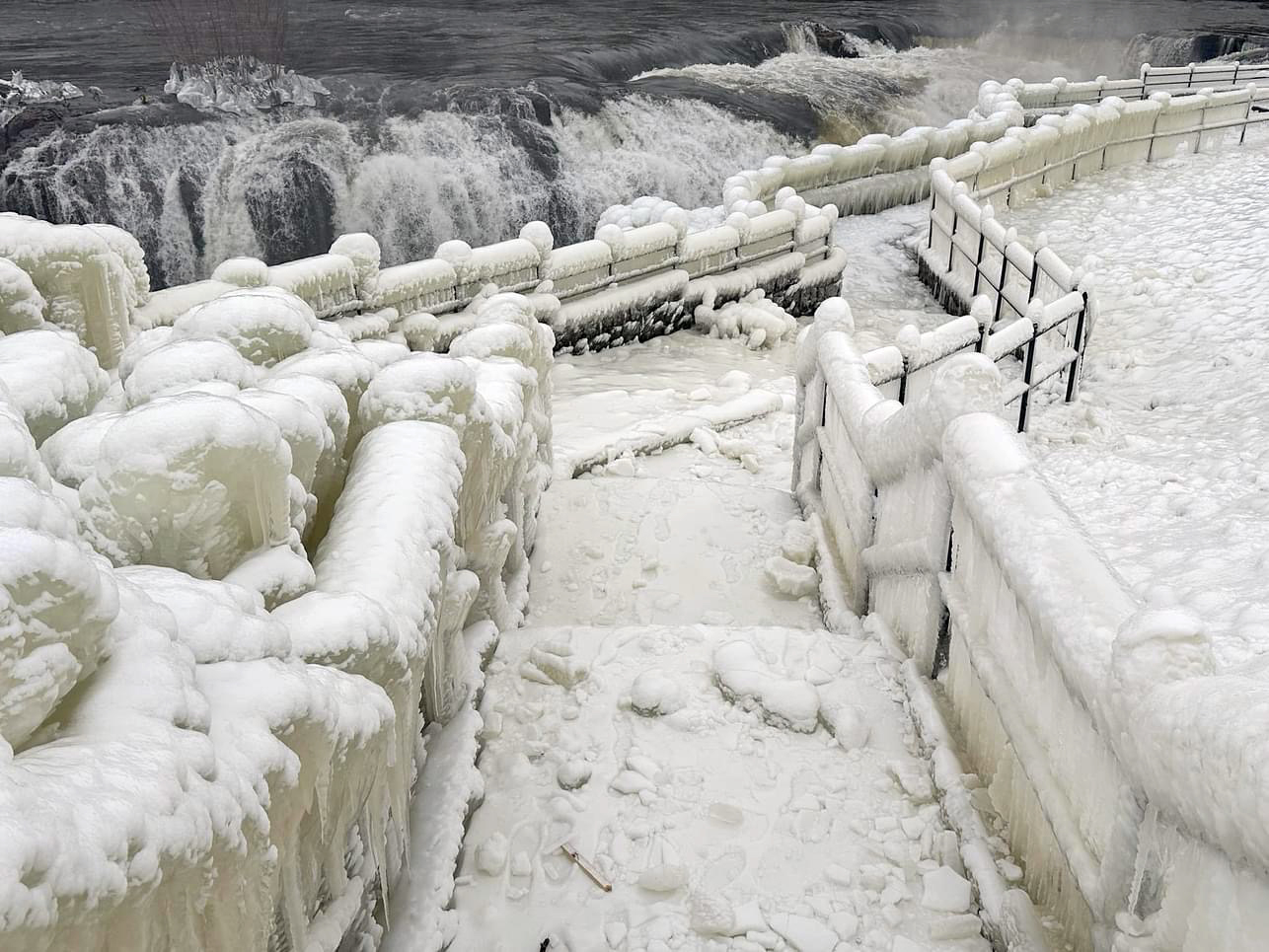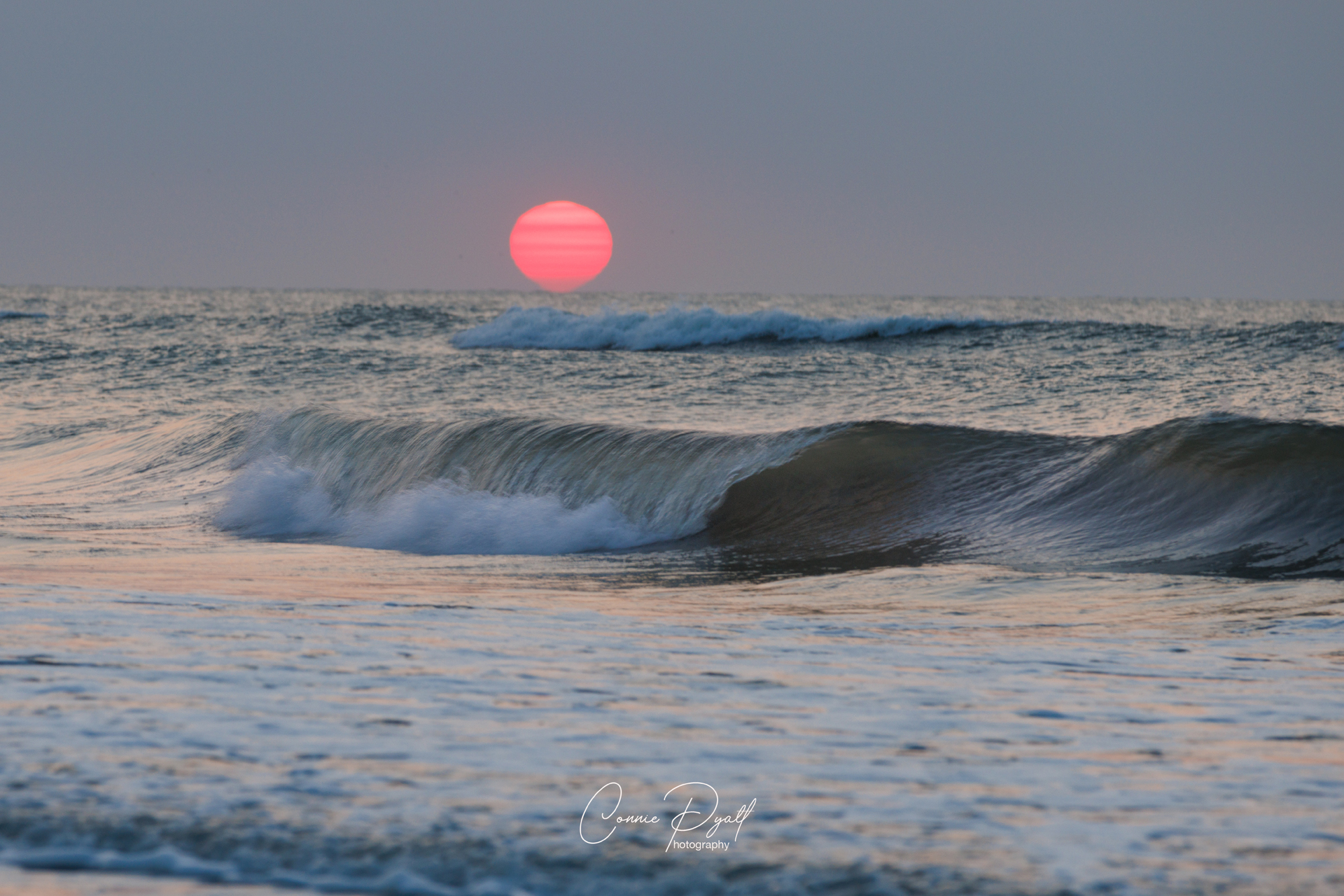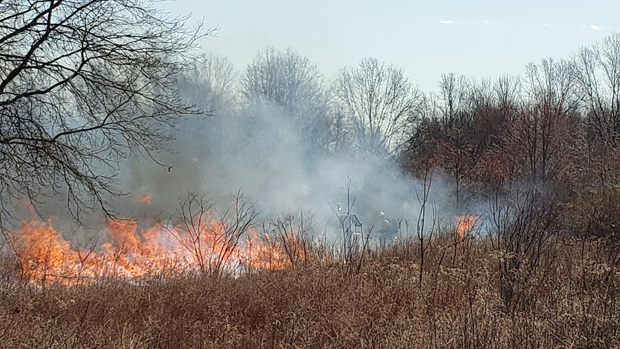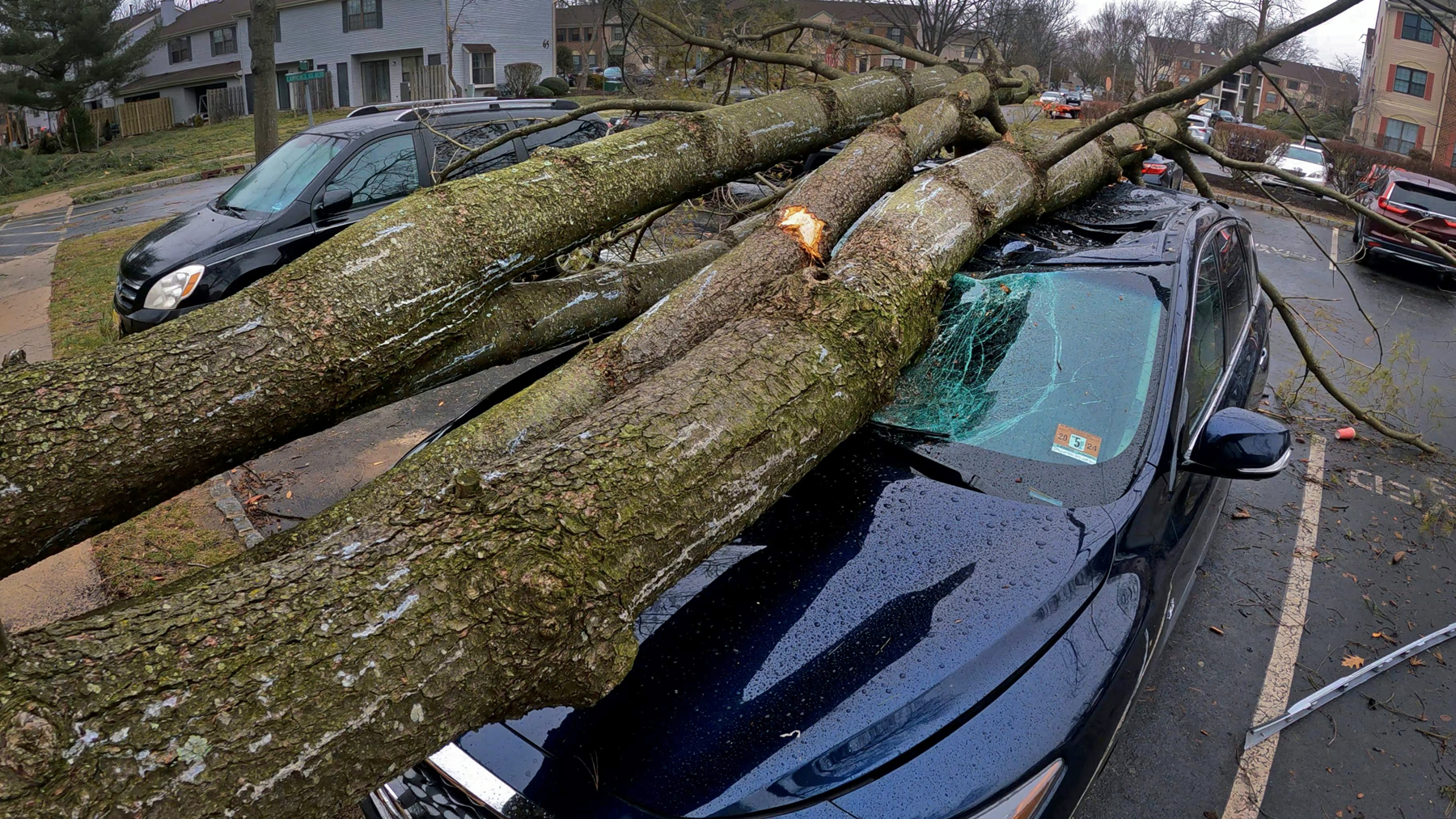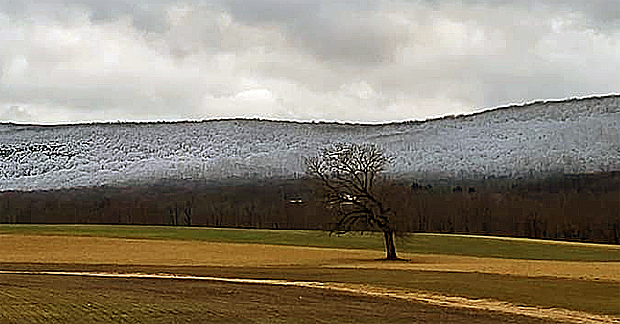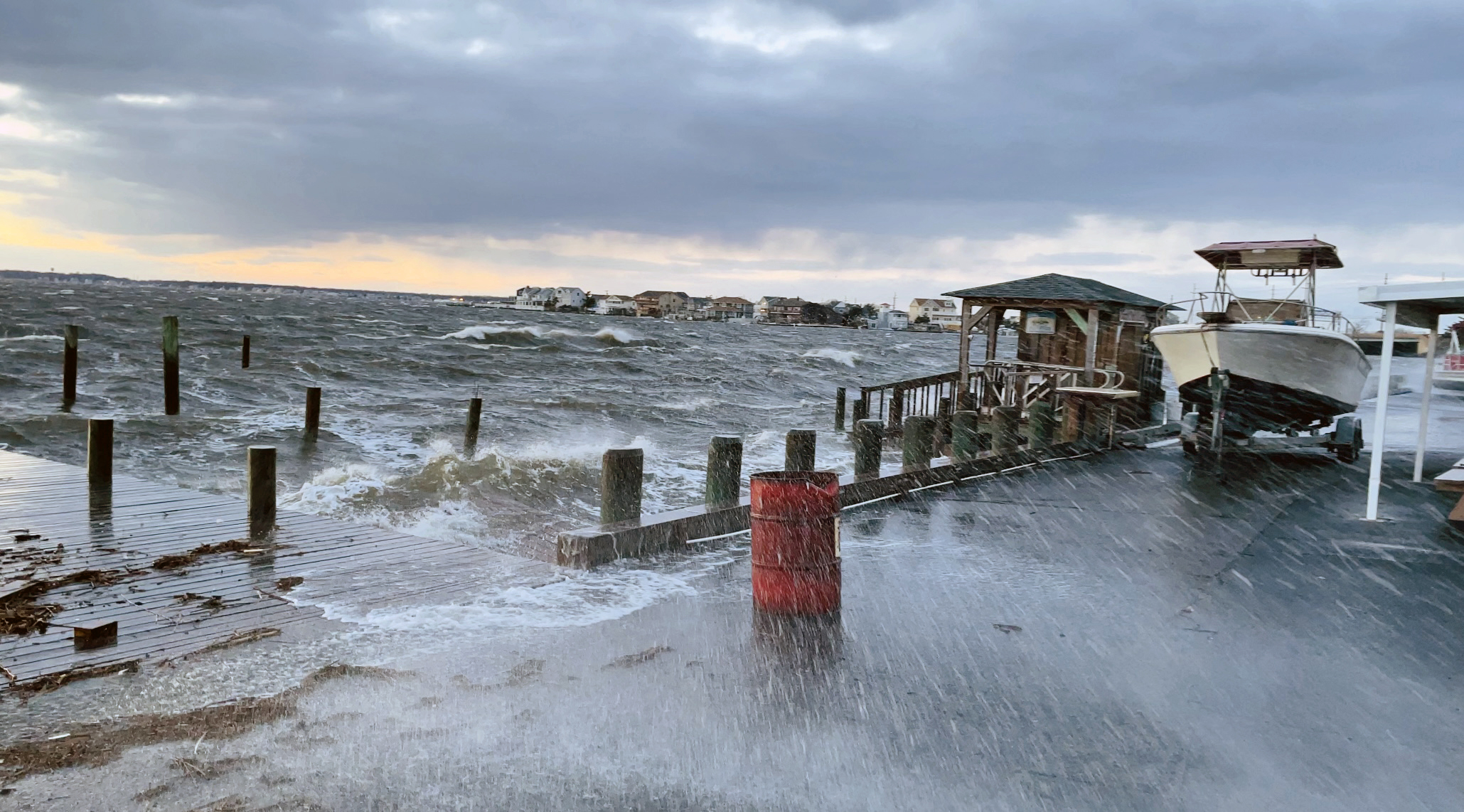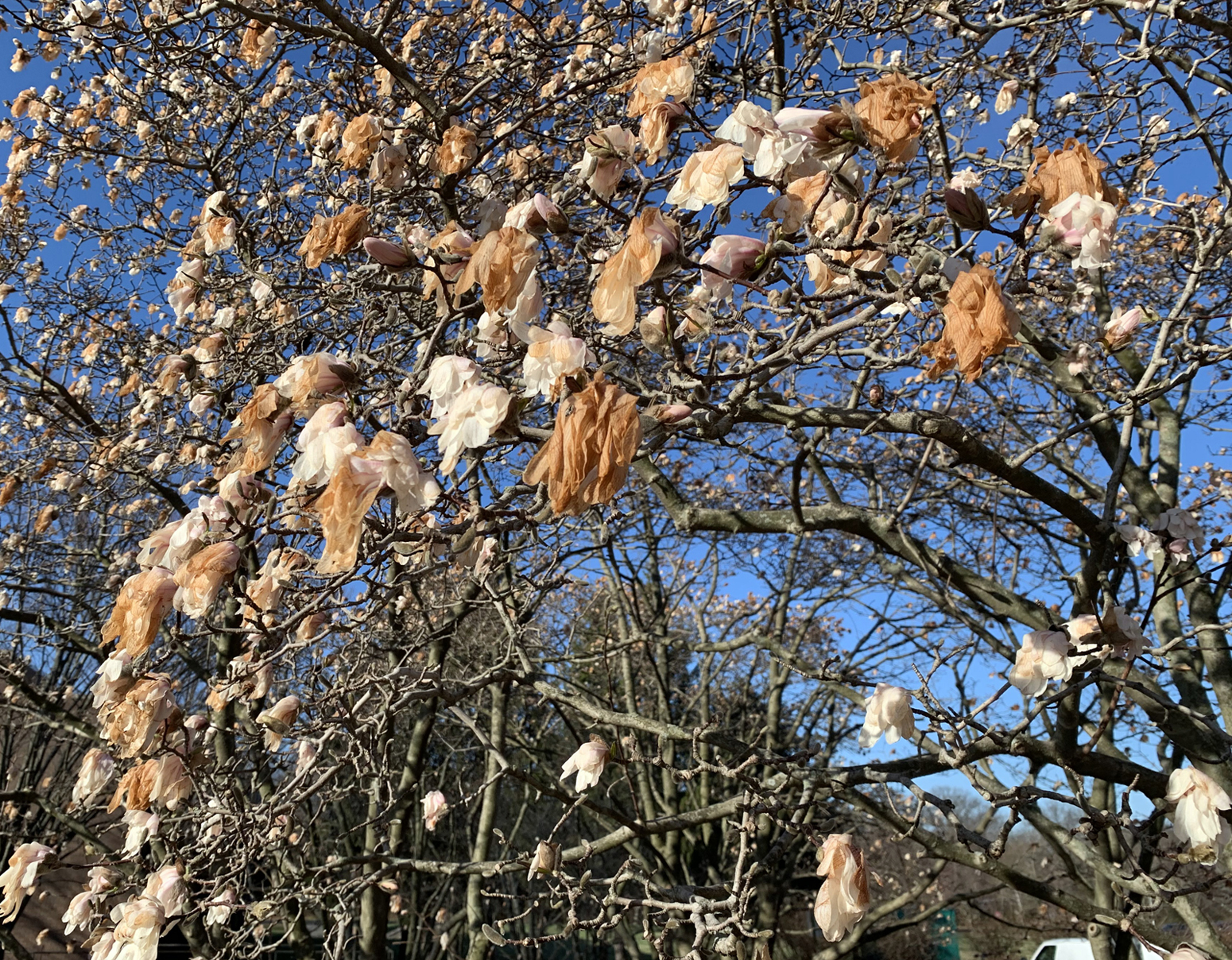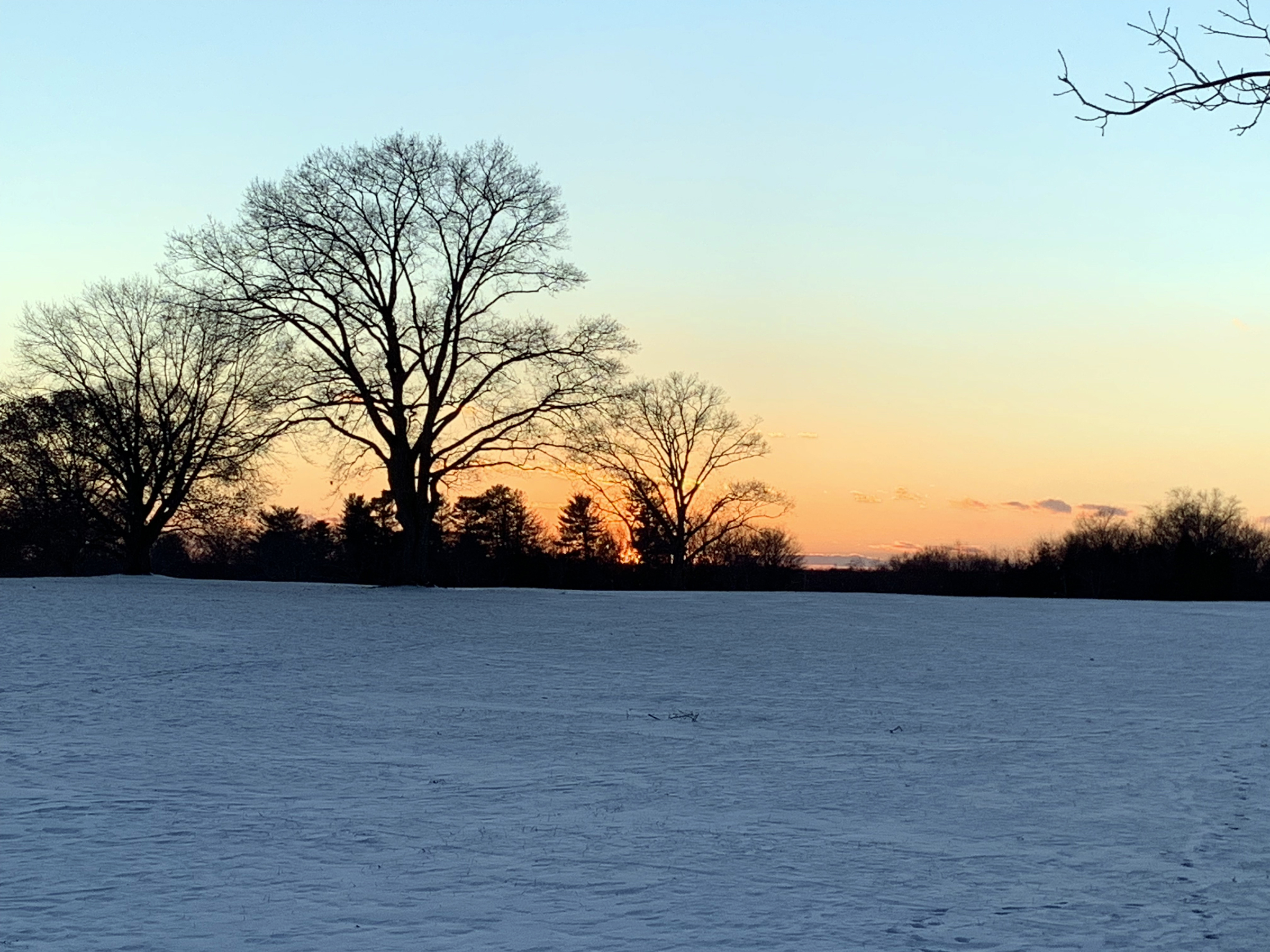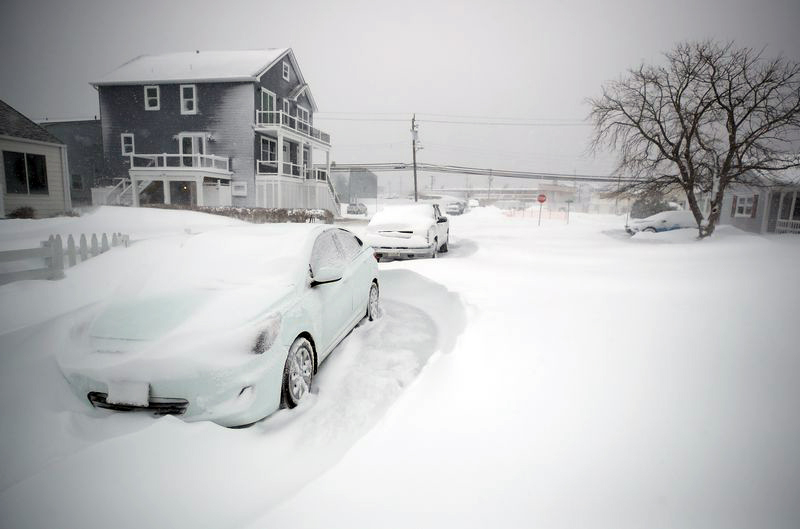Lost Winter: February 2024 & Winter 2023/2024 Recaps
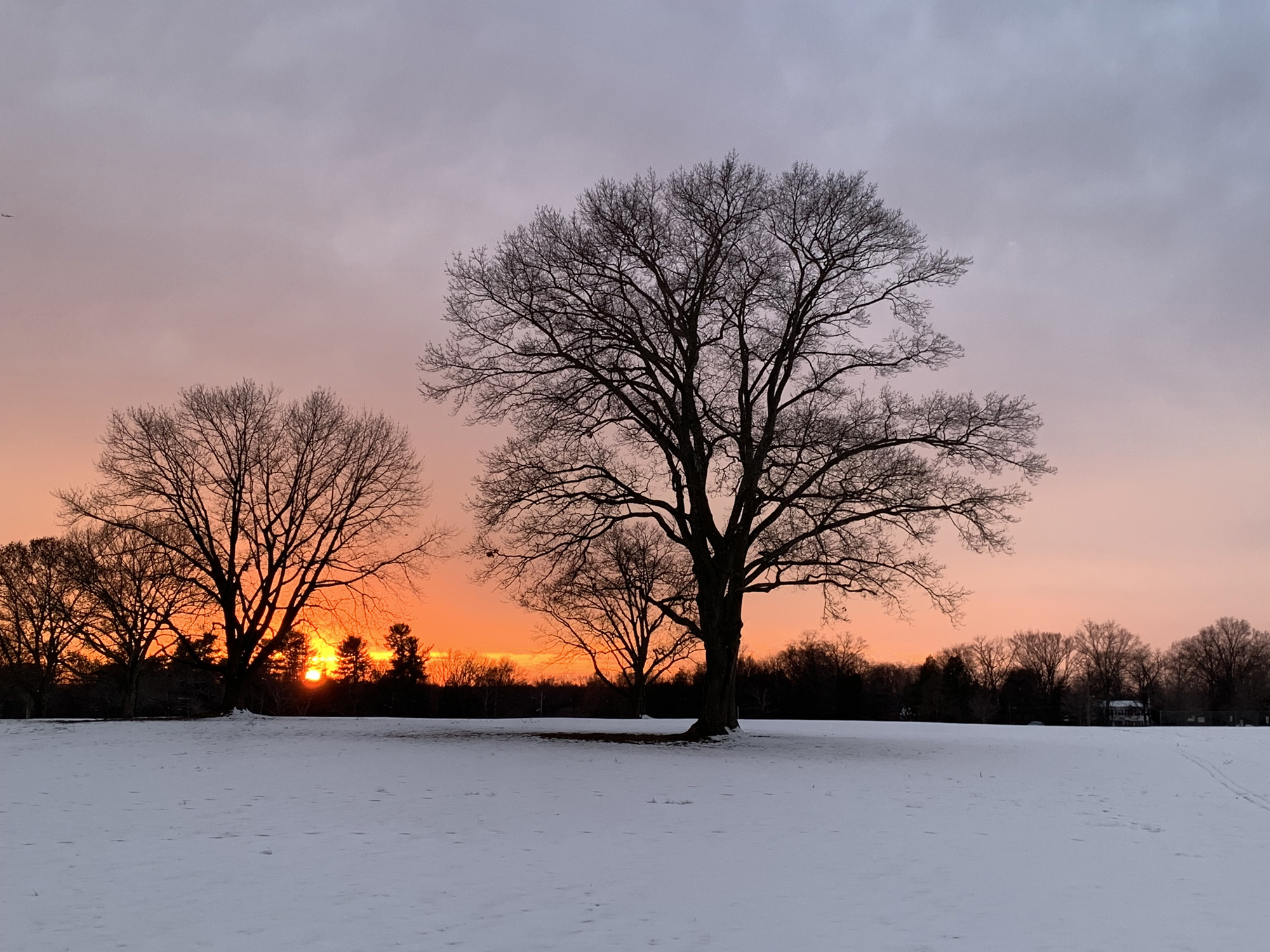
Perhaps the title of this report is a bit overstated when it comes to February weather conditions, but not by all that much. However, like much of the coterminous United States, it applies rather appropriately to the December 2023–February 2024 winter. New Jersey’s winter conditions follow at the end of this report, with February discussed first.
February 2024 was on the dry side. In fact, the statewide average precipitation (rain and melted snow) of 1.55” was 1.31” below the 1991–2020 normal and ranks as the 12th driest since records began in 1895. The northern climate division averaged 1.68” (-1.11”, 12th driest), the southern division 1.47” (-1.42”, 10th driest), and the coastal division 1.44” (-1.63”, 7th driest).
February snowfall averaged 7.9” across NJ. This was just 0.3” below normal, ranking as the 51st snowiest since 1895. The North snow division averaged 12.4” (+2.1", 40th snowiest), Central 12.4" (+3.3", 36th snowiest), and South 3.2" (-3.5", 58th least snowy). The vast majority of the snow fell in two events four days apart, with mild temperatures that soon followed prohibiting the snow cover for sticking around for too long.
In fact, mild days outnumbered cold ones during February, leading to a monthly statewide average of 37.0°, which was 3.1° above normal and ranks as the 14th mildest on record. The statewide average daily high temperature of 46.3° was 3.2° above normal and ranks 16th mildest. The daily minimum of 27.8° was 3.2° above normal, ranking 9th mildest. The north averaged 34.9° (+3.6°, 12th mildest), south 38.3° (+2.8°, 16th mildest), and coast 38.4° (+2.4°, 16th mildest).


